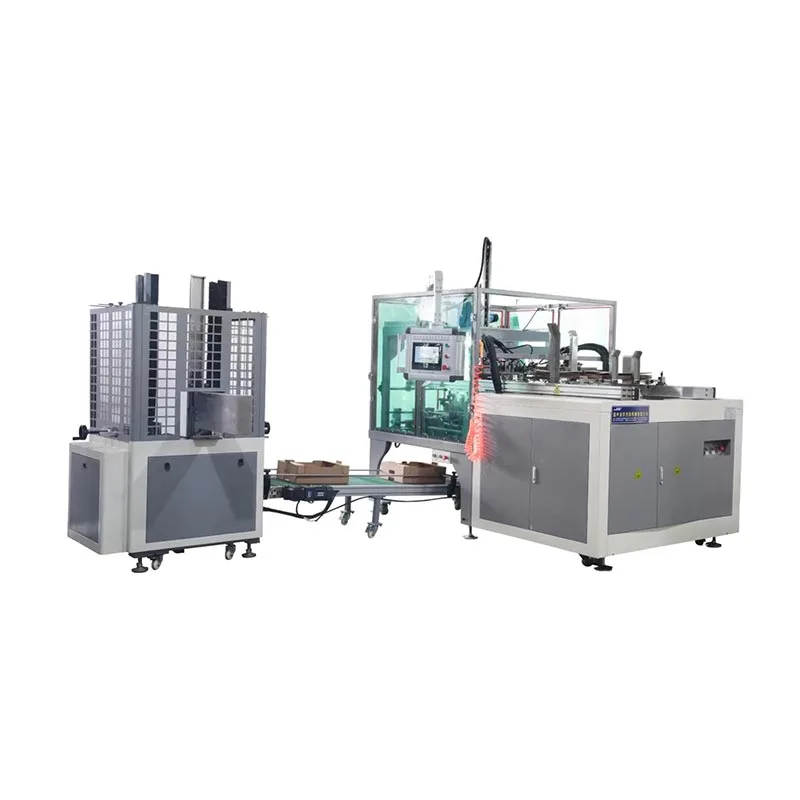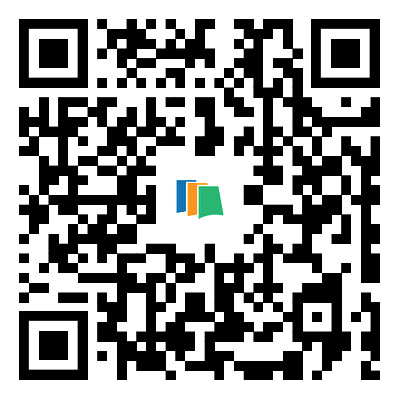Technical Principle of Multi-functional Box Former
2025-07-02
Introduction
A Multi-functional Box Former is a specialized machine used in packaging and manufacturing industries, primarily for the creation and forming of corrugated boxes. These boxes are widely used for packaging goods ranging from electronics to consumables. A Box Former ensures that boxes are made in different sizes, shapes, and configurations based on the requirements of the product being packed. The machine’s versatility and adaptability to various box types, including RSC (Regular Slotted Carton), ABC (Automatic Bottom Carton), and more, make it an indispensable tool in the packaging industry.
Principle of Operation
A Multi-functional Box Former operates on the basic principle of converting flat sheets of corrugated board into three-dimensional boxes. The machine utilizes a series of mechanical and electrical processes to ensure the creation of boxes that meet the specific dimensions, strength, and structural integrity required for packaging.
Feeding Mechanism:
The process begins with feeding flat, pre-scored sheets of corrugated board into the machine.
These boards are typically delivered to the machine via a conveyor system. The sheets are often pre-cut to a standard size, although some models of Box Formers allow for the cutting of custom-sized sheets as well.
A set of rollers feeds the sheets into the machine, aligning them perfectly.
Scoring and Cutting:
The flat sheets of corrugated material are often pre-scored along specific lines to ensure easy folding and forming. In multi-functional Box Formers, the scoring is highly adaptable, allowing the machine to adjust according to different designs.
The machine may also be equipped with cutting stations that trim the edges of the cardboard or remove excess material for the precise size required. These cutting tools are often powered by electric motors or pneumatic systems, which help in ensuring uniformity.
Folding and Creasing:
Once the cardboard is fed through the machine and properly aligned, folding and creasing mechanisms are activated. The creasing tools (typically rollers with grooves or pneumatic presses) apply pressure to the designated creases, making the material easy to fold without damaging its integrity.
The folding action is driven by mechanical arms or belts that pivot to form right angles or other required shapes. This process may also include the application of heat or glue in some systems to bond folds and strengthen the box.
Gluing and Sealing:
The next step involves the application of adhesive to the box’s flaps, where required. Multi-functional Box Formers can incorporate hot melt glue systems or water-based adhesives depending on the box material.
The gluing process is critical for ensuring the box is securely sealed, preventing it from coming apart during transport or handling. The glue is applied via rollers or nozzles positioned at key points on the machine.
This function can be adjusted for various box types, including automatic bottom flaps or glued side seams, depending on the design.
Box Ejection:
After the box is formed, glued, and sealed, it is ejected from the machine through a set of rollers or pneumatic arms. The machine typically includes a conveyor belt that moves the completed boxes to the next station for further processing, such as printing or stacking.
Technical Features of Multi-functional Box Former
Adjustability:
One of the most critical features of a Multi-functional Box Former is its adaptability. The machine can adjust to various box sizes, configurations, and materials. This is achieved through automatic or manual adjustments to settings such as sheet size, creasing depth, fold angle, and glue application points.
Speed and Efficiency:
Multi-functional Box Formers are designed to operate at high speeds, producing hundreds of boxes per minute. This high-speed operation makes them highly efficient in industrial settings, reducing the time needed for packaging.
Automation in these machines ensures minimal human intervention, allowing for continuous production with fewer chances of error.

Safety and Precision:
These machines are equipped with sensors and safety mechanisms to prevent malfunctions or accidents. The sensors detect any misalignment in the sheet or improper folding, halting the machine if necessary.
The use of high-precision components in the cutting, scoring, and gluing stations ensures the boxes meet quality standards consistently.
Versatile Box Types:
The versatility of the machine allows it to produce various types of boxes, such as regular slotted cartons, die-cut boxes, half-slotted boxes, and more.
Different configurations of folding, sealing, and cutting processes can be adjusted to accommodate these varying designs.
Integration with Other Systems:
Multi-functional Box Formers can be integrated with upstream and downstream systems, such as printing presses or robotic arms for stacking and palletizing.
This integration provides a seamless flow of the production process, enhancing overall productivity and reducing the need for manual labor.
Advantages of Multi-functional Box Formers
Cost-Efficiency:
The primary advantage of a Multi-functional Box Former is the significant reduction in labor costs. Automation in all processes, from feeding to gluing, minimizes human intervention and allows for continuous operation without interruptions.
High-speed production also reduces operational costs by maximizing output within a given time frame.
Customization:
These machines allow for the production of boxes with highly specific dimensions and features, such as custom cuts, folds, and flaps. This is particularly useful for packaging products of different shapes and sizes.
Consistency and Quality Control:
Automated control systems ensure consistent quality throughout the production process. The precision of cutting, creasing, and gluing minimizes defects, such as misaligned folds or poorly glued seams, ensuring a high-quality finished product.
Environmental Impact:
As the world moves towards sustainability, the use of Multi-functional Box Formers that minimize waste and increase production efficiency is a step towards eco-friendly packaging solutions. Moreover, these machines can handle recycled materials, making them a better option in terms of reducing waste.
Conclusion
The Multi-functional Box Former is a critical machine in the modern packaging industry, offering high adaptability, efficiency, and precision. Its ability to form various types of boxes, coupled with automation that enhances speed and reduces human error, makes it indispensable for businesses involved in large-scale packaging production. With customization options and eco-friendly capabilities, these machines are essential tools for ensuring cost-effective and high-quality packaging solutions across a wide range of industries.
As a professional manufacturer and supplier, we provide high-quality products. If you are interested in our products or have any questions, please feel free to contact us.


